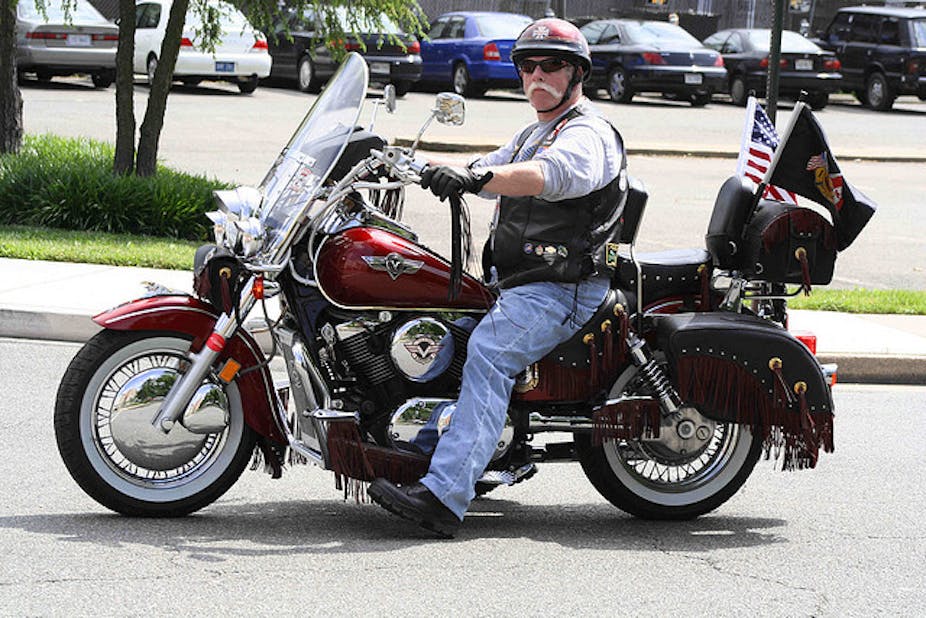Older motorcycle riders are up to three times as likely to be seriously injured in a crash as young adults, according to new research from Brown University in the US.
The study, published in the journal Injury Prevention, used cross-sectional data from the National Electronic Injury Surveillance System-All Injury Program to assess emergency department-treated injuries from motorcycle crashes in the US from 2001 to 2008.
The researchers also found a demographic shift of motorcycle riders in the last couple of decades, with an increasing older population both riding motorcycles and being involved in crashes.
The study suggests the severity of injuries may be due to the changes to the body that occur with age.
“As the body ages, bone strength decreases, subcutaneous and visceral fat (organ fat) distribution may change, and there is a decrease in the elasticity of the chest wall, factors which may lead to more severe injuries after exposure to trauma,” the authors wrote in their paper.
While the study did not indicate the types of motorcycles involved in crashes or circumstances surrounding the crashes, the authors of the study said that previous research suggests older adults are more likely to purchase motorcycles with large engines than young adults are.
Between 2001 and 2008, the number of fatal motorcycle injuries among those 60 years and older increased from 4.46% to 10%, the US data showed. Similarly, the proportion of fatal injuries sustained by those 40-59 years increased by 6.12%, while among individuals aged 20-39 years the number decreased from 58.4% to 46.84% between 2001 and 2008.
“Fractures were the most frequently occurring injury in all age groups; however, location of fractures differed. Older adults and middle age adults had a significantly higher proportion of upper trunk fractures, while younger adults had a higher proportion of arm fractures,” the paper said.
Caroline Finch, Head of the Australian Centre for Research into Injury in Sport and its Prevention, said the results are not surprising.
“One of the reasons we see an increase in the number of older people riding motorbikes is because as people get older and adopt a different lifestyle, because they no longer have to look after children or work, they have the ability to buy a bike as they’ve always wanted,” said Professor Finch, who was not involved in the US study.
“The issue is that for many of these people, especially those who rode a motorbike while they were young, they revert to their younger habits and are less accepting of newer regulations which require riders to wear helmets, because it might ruin their hair, or affect the feeling of being free.”
“Unlike America however, Australians have a much stronger acceptance of helmets, wearing appropriate clothing while motorbike riding, and community awareness,” she said.
“While we do follow a similar U-shaped trend, where accidents are much more probable among young motorists and older motorists, it is not to the same extent as America.”
Professor Finch added that while there are strategies to decrease the number of injuries and fatalities among young motorists in general, more needs to be done to target older motorists.
“As well as the need to think about additional strategies to decrease fatal instances in older motorists, we could also look at improving roads, riding conditions and road behaviour.”

